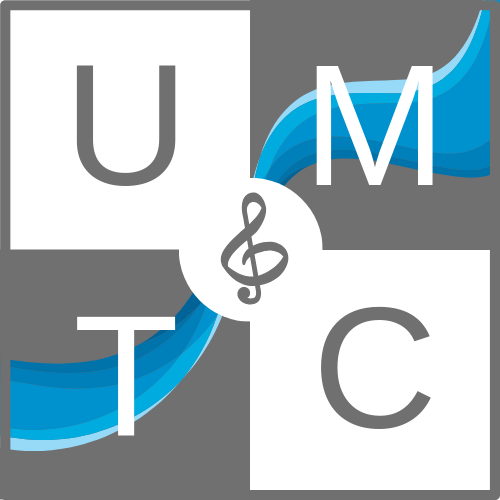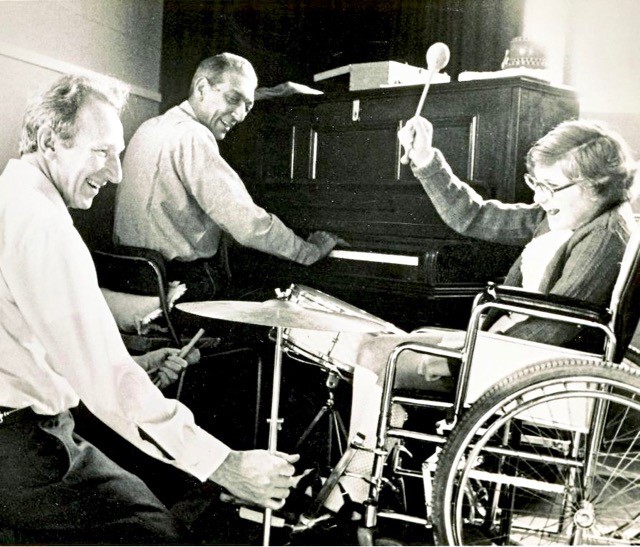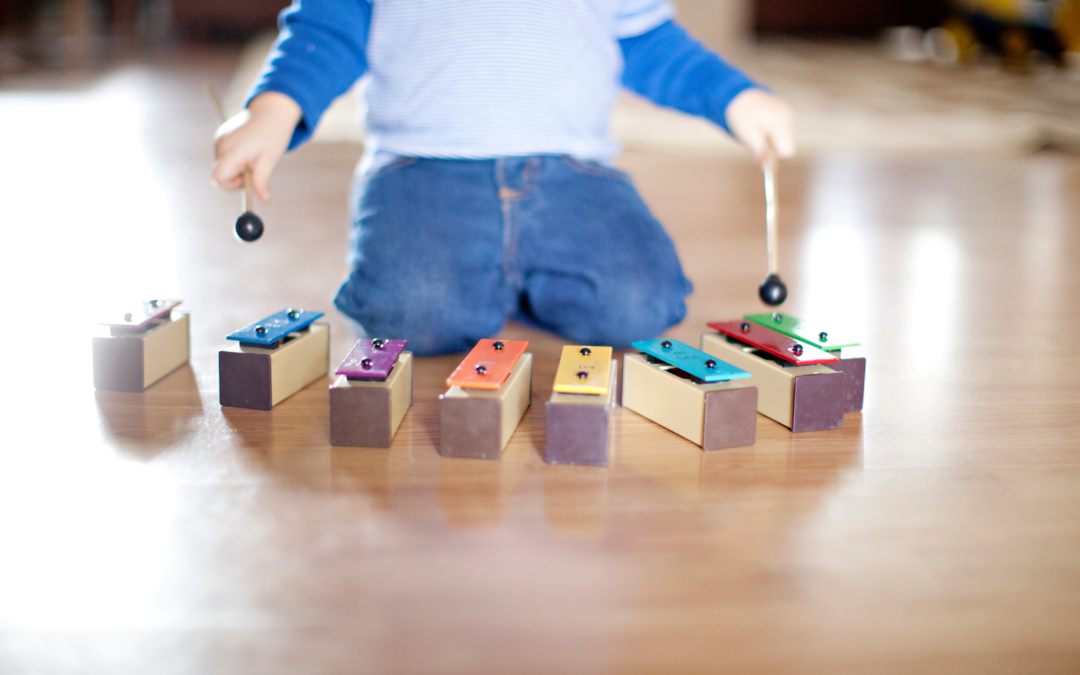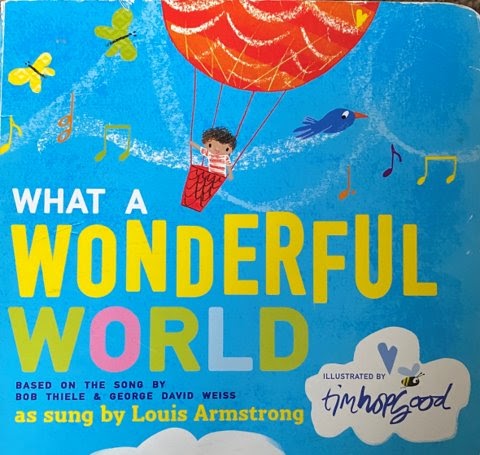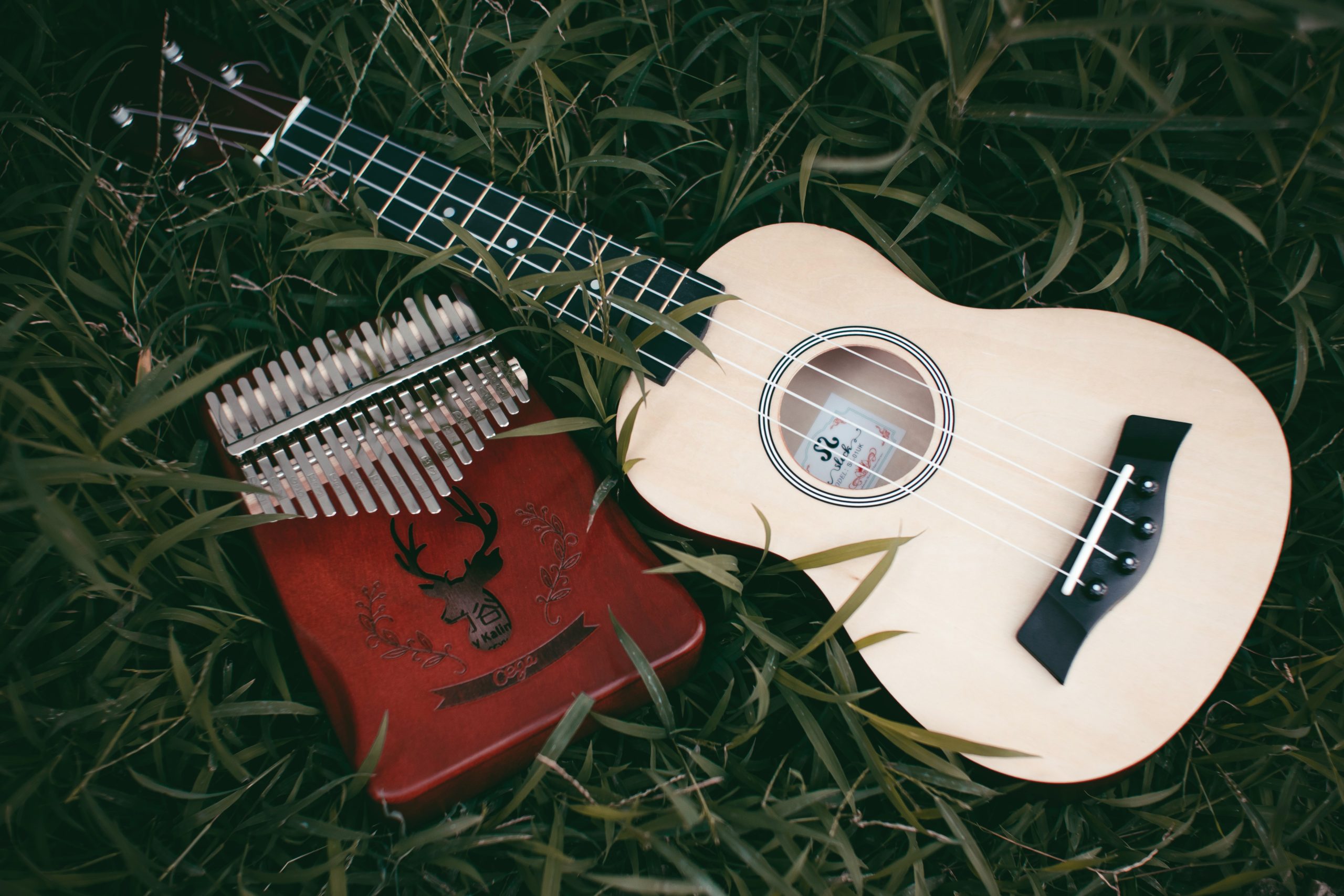Written & submitted by Kayla Davitt, MT-BC Excitement. Anticipation. Thoughts of the beach, the sand, and the sun. I can remember when I was younger how excited I would be on the night before a summer vacation trip - I wouldn’t be able to sleep! For many years, my...

Book: My Many Colored Days
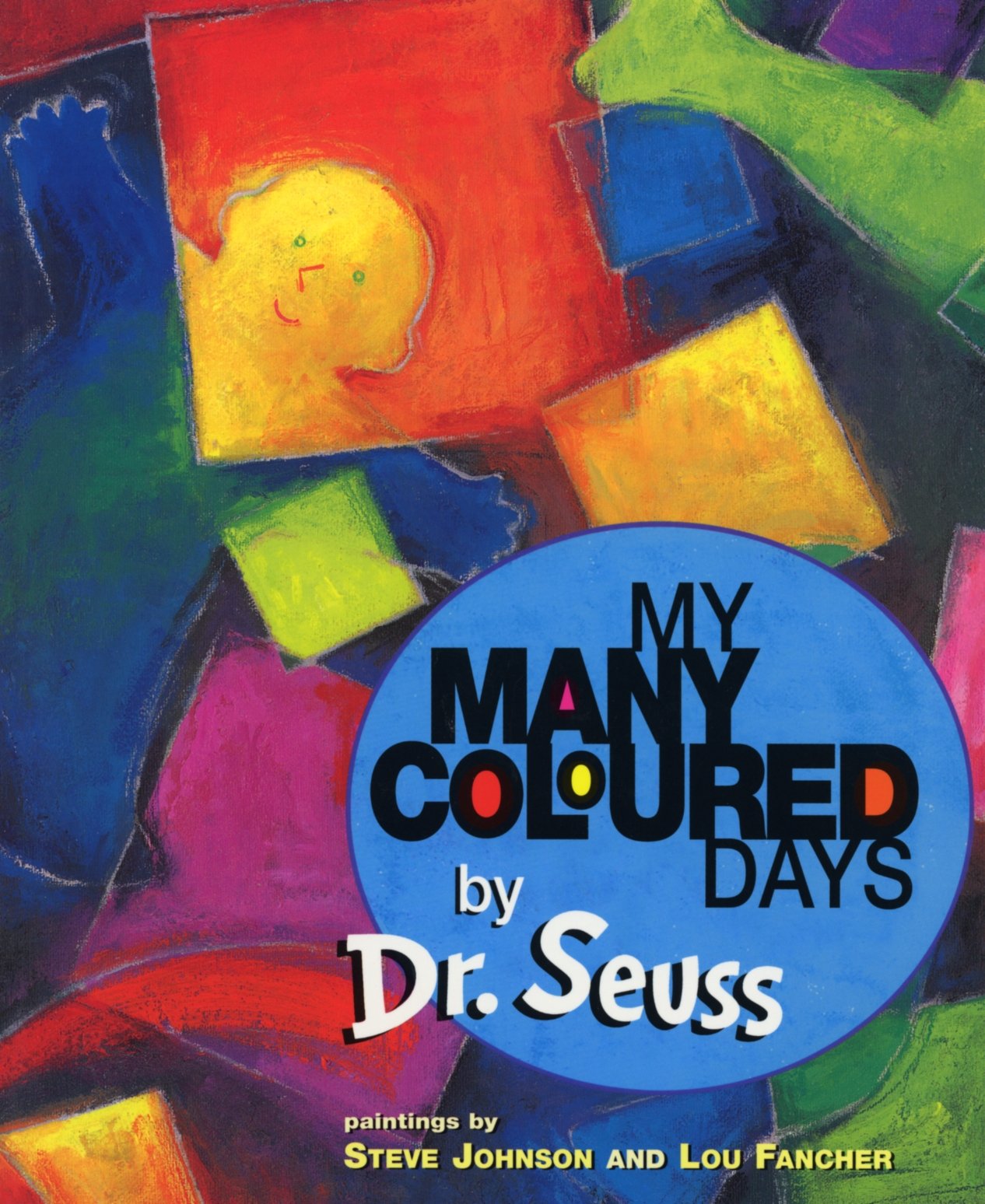
Blog post and original recording by Kayla Davitt, MT-BC
Do you ever feel like your emotions can be all over the place? You might feel excited after receiving a compliment, but sad the next due to a loss or disappointment; anxious at what this year may bring, or confused with the state of the world. For children, it may be hard to process all of the emotions they are feeling at a time like this. My Many Colored Days by Dr. Seuss is a wonderful storybook to discuss emotions with your child and help them understand the different feelings they may have.
My Many Colored Days
To take it one step further, this storybook pairs perfectly with many different classical songs! For each color mentioned in the storybook, you can pair a song that sounds like that specific emotion. If you feel so inclined, be creative and share with your child the songs that you think of when you discuss the feelings and emotions in this storybook.
Here is an example of a playlist (created by Kayla Davitt, MT-BC) that can be used in conjunction with or addition to the storybook:
- Red – “Rodeo: Hoedown” by Aaron Copland
- Blue – “Sleeping Beauty: Prologue, No. 3” by Pytor Ilyich Tchaikovsky
- Brown – “Beau Soir” by Claude Debussy
- Yellow – “Flight of the Bumblebee” by Nikolai Rimsky-Korsakov
- Gray – Theme from “The Snowman” by Sang Froid
- Orange – “Tarantella” (composer unknown)
- Green – “Carnival of the Animals: VII. Aquarium” by Camille Saint-Saens
- Purple – “Moonlight Sonata” by Ludwig van Beethoven
- Pink – “Chinese Dance” from “The Nutcracker” by Pytor Ilyich Tchaikovsky
- Black – “The Comedians Suite: V. Pantomime” by Dmitri Kabalevsky
- Mixed-up – “Take Five” by Dave Brubeck
- Back to me – “La Valse d’Amelie” by Yann Tierson
If you wish to use this playlist while reading this book with your child, click here to visit our SoundCloud page.
You can also use this storybook to practice facial expressions with your child. Demonstrate how your face looks when you feel angry, sad, excited, or down. Encourage your child to practice matching your facial expression in a mirror, then have them identify the emotion and its corresponding color in the book. This book provides for self-expression through movement as well! Colored scarves are a great addition to this activity (and you can work on color identification as well). Introduce a color, have your child identify that color, then play the corresponding song, identify the emotion, and encourage your child to move to the music. Pairing a movement with a specific emotion will help your child remember how their body feels while expressing that emotion.
We hope you enjoy using this storybook in your child’s schooling adventures, whether they be attending in-person, remotely, or both!
If you would like to purchase a set of colored scarves, click here.
If you would like to purchase “My Many Colored Days” by Dr. Seuss, click here.
Happy reading!
Explore More Books from Kayla!
Book: The Night Before Summer Vacation
Book: Hosea Plays On
Blog post written and submitted by Kayla Davitt, MT-BC Imagine it’s a bright, sunny day in the middle of the summer. You travel to an open-air market to do your weekly shopping for fruits and vegetables and peruse the stalls of local business owners selling jams,...
Book: The Star Spangled Banner
Blog post written and submitted by Kayla Davitt, MT-BC Around this time of year, many of us are preparing to celebrate the 4th of July. Fireworks, barbecues, and parades are just some of the ways Americans like to celebrate the birth of their country. One of my...
